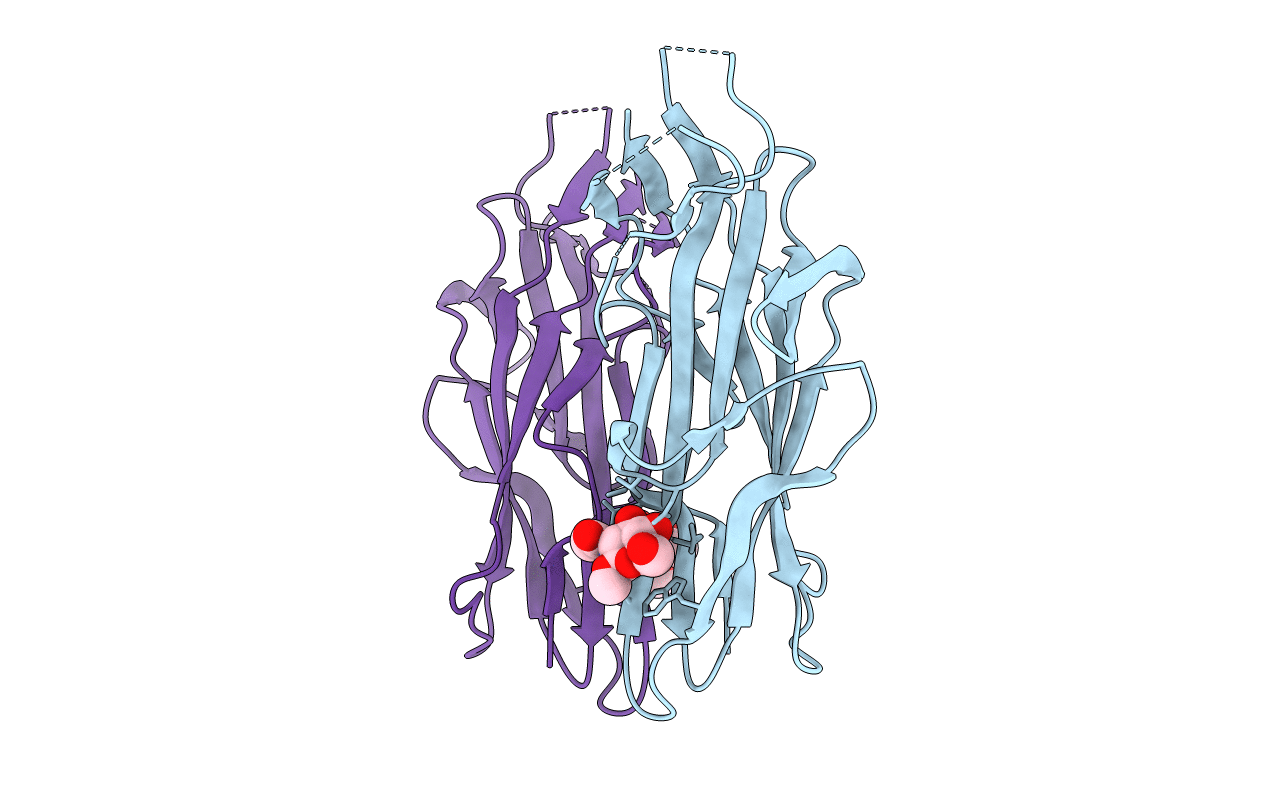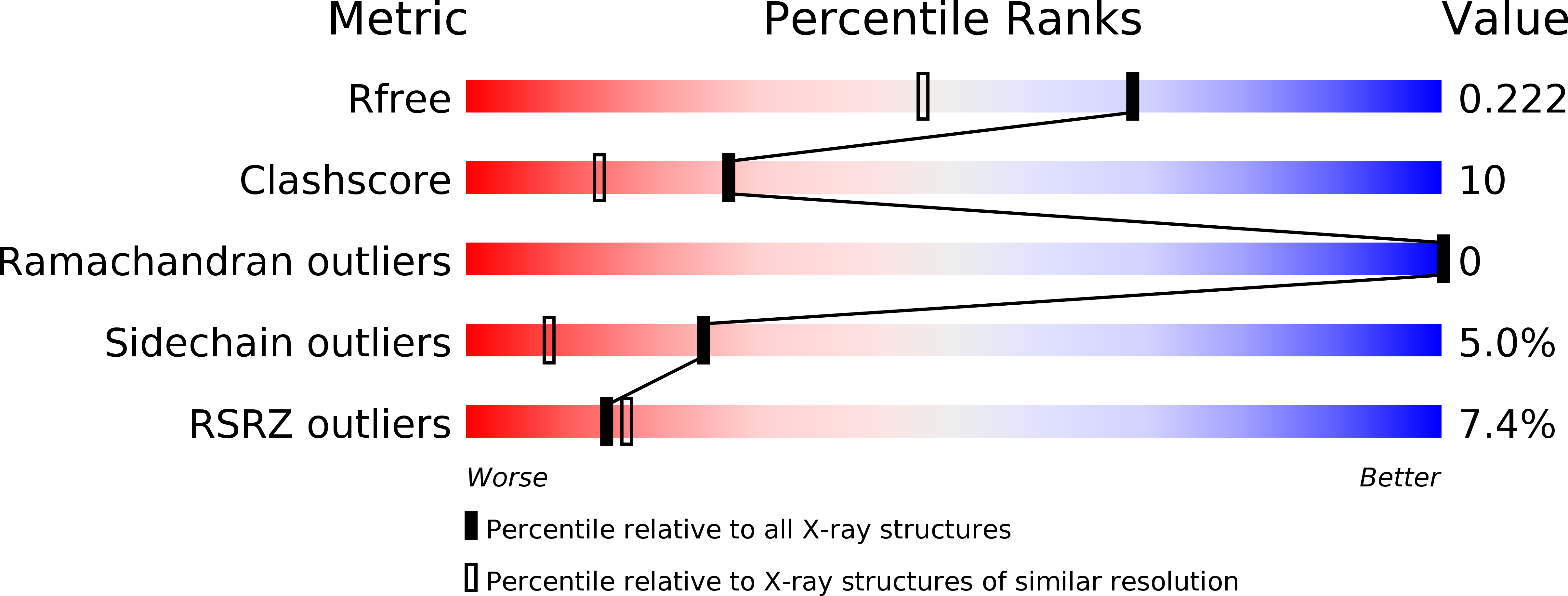
Deposition Date
2005-05-17
Release Date
2006-05-23
Last Version Date
2024-10-30
Entry Detail
PDB ID:
1ZPL
Keywords:
Title:
E. coli F17a-G lectin domain complex with GlcNAc(beta1-O)Me
Biological Source:
Source Organism:
Escherichia coli (Taxon ID: 562)
Host Organism:
Method Details:
Experimental Method:
Resolution:
1.70 Å
R-Value Free:
0.25
R-Value Work:
0.20
R-Value Observed:
0.21
Space Group:
P 31 2 1


